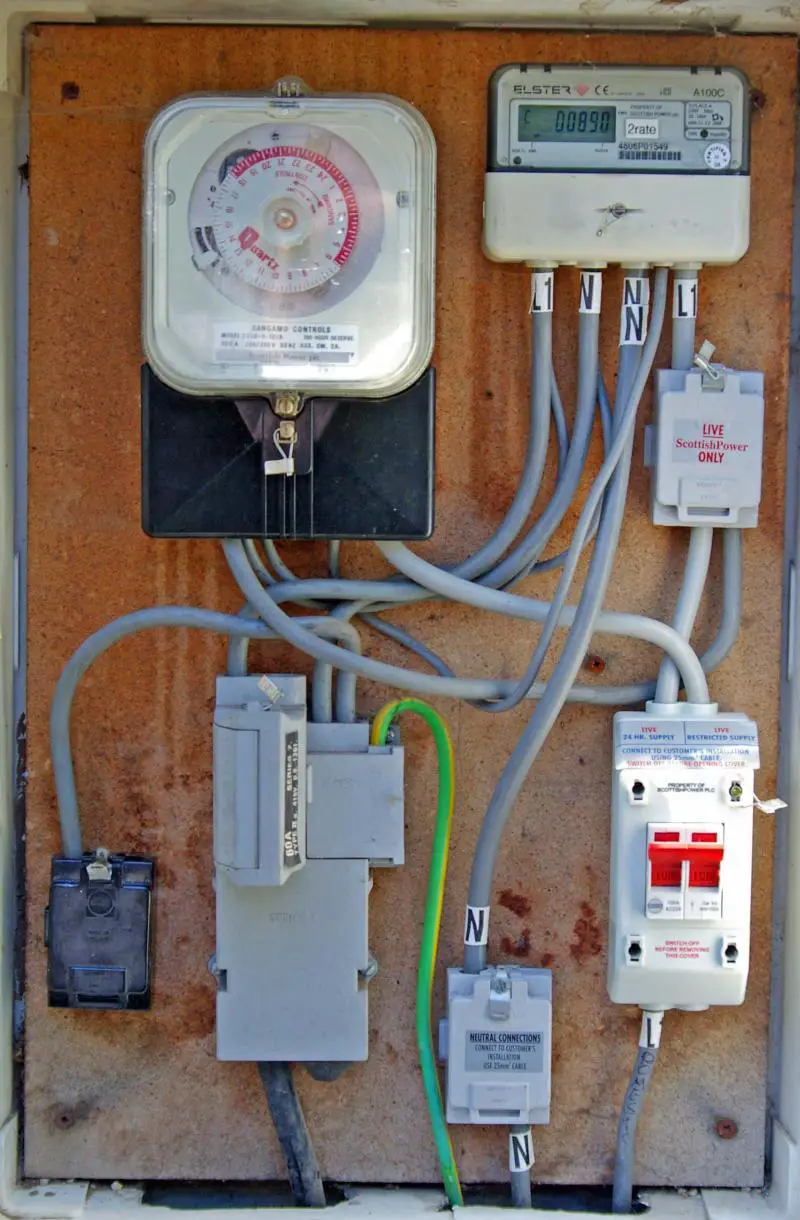Going by pictures that I've seen in books, and on the .net I assumed that my Earthing arrangement was a TN-C-S one. However looking more closely at the pictures on this forums Electrical info pages, i see these two pictures below look superficially just the same, save for the internal connections that are not visible under the covers of a service head cutout.
TN-C-S

TN-S

What connection do you think i have here:
I'm only asking out of general interest, no work planned.
TN-C-S

TN-S

What connection do you think i have here:
New meter and Isolation switch
Just a shot of my electrical supply cupboard. You can see i have had a new meter fitted along...
I'm only asking out of general interest, no work planned.


